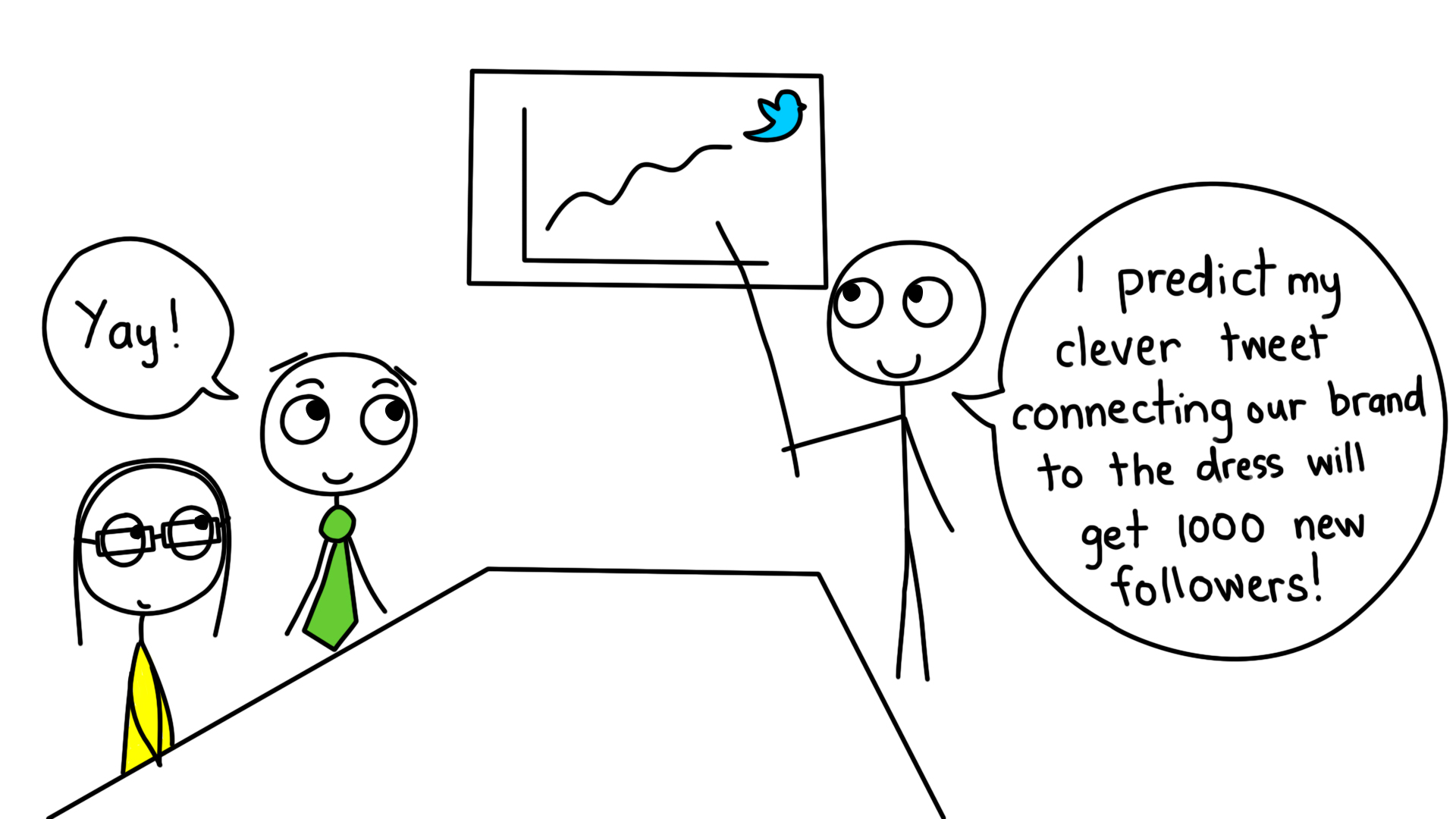Making the Most Out of Metrics
George Orwell so famously wrote in his novel 1984, “Big Brother is Watching You,” in reference to the constant surveillance the residents of his fictional world, Oceania, are under. And while we have certainly seen the words from his pages filter into society and impact our lives over the last six decades, the power of playing “Big Brother” has now transformed into big business. Behavioral data and analytics assessment is a powerful tool that firms readily offer their clients. In fact, my colleague Meghan Warren discussed in a recent blog post a number of analytical tools marketers should have on their radar in order to improve their offerings.
Technology has permanently altered the once linear customer journey. Further muddying the water is the blurring of one’s professional and personal online lives. With a cornucopia of data available to today’s marketers, how is it possible to sift through all of the information in order to find those gold nuggets most relevant to your business?
1. Gather Background Information
Despite the fact that Big Data can yield amazing insights, it can also be a black and scary hole. A sound first step is to conduct initial background research around what you’d like to find out. This framework will help guide your analysis. Oftentimes gathering preliminary research can help assess what is already available on your topic and create a more specific hypothesis.
For example, if we were curious about the difference in users’ online behavior between digital mediums, it would be wise to choose an industry and/or platform on which you wanted to assess this behavior and help set some boundary conditions that you wanted to search.
2. Create a Hypothesis
Like any good experiment, a hypothesis helps narrow down your initial research into a more specific query. As marketers, we may forget what our elementary school science teachers taught us regarding the basics of a hypothesis, but as a friendly reminder it involves a statement about what you will do, and what you expect to happen. The hypothesis is meant to be fluid and can be adapted as you unearth findings, so including some speculation is certainly encouraged.
Revisiting our aforementioned example, your hypothesis might state: “We expect [Twitter] to yield the greatest conversation in newsletter signups for retail companies.”
3. Pay Attention to the “Right” Metrics
Once your experiment is launched and you begin sifting through your data, it’s easy to get sucked into the mindset of “bigger is better.” Digital marketer, Jay Baer, president of Convince & Convert, states that, “A good rule of thumb is that when evaluating online behavior, look for metrics that are percentage- or ratio-based, rather than whole numbers (like visits).” This is where your hypothesis comes in handy.
Let’s say you distribute an email blast and social shares from Facebook, Twitter and LinkedIn that all lead users to your site hosting the newsletter signup. Once this process has wrapped, you take a look at the number of visitors you had and find:
- Email: 150 click thoughs
- Facebook: 25 click throughs
- Twitter: 30 click throughs
- LinkedIn: 40 click throughs
“Wow,” you might say to yourself. “Email was the clear winner in directing the most visitors to our email signup,” and you would be correct. But there’s a next step to determine what those individuals did once they arrived. How many of those visitors from each medium actually signed up to receive the newsletter? And you see this:
- Email: 40% conversion (60 people)
- Facebook: 25% conversion (6.25 people)
- Twitter: 30% conversion (9 people)
- LinkedIn: 95% conversion (38 people)
While email still had a great conversion rate of 40%, in actuality, social channels overall had the greatest conversion with user newsletter signup at 56%.
Now, of course, this is fictional example, and your results may yield something entirely different. However, as marketers move more toward analyzing a user’s digital journey, it’s equally as important to council your clients on what story the data is providing.
Tell us, what steps are you taking to explore customers’ digital journeys?
Photo Credit: studio tdes, Flickr
Connect with Danielle:
Email: Danielle@blissintegrated.com
Twitter: @DBECollins
LinkedIn: Danielle Collins
